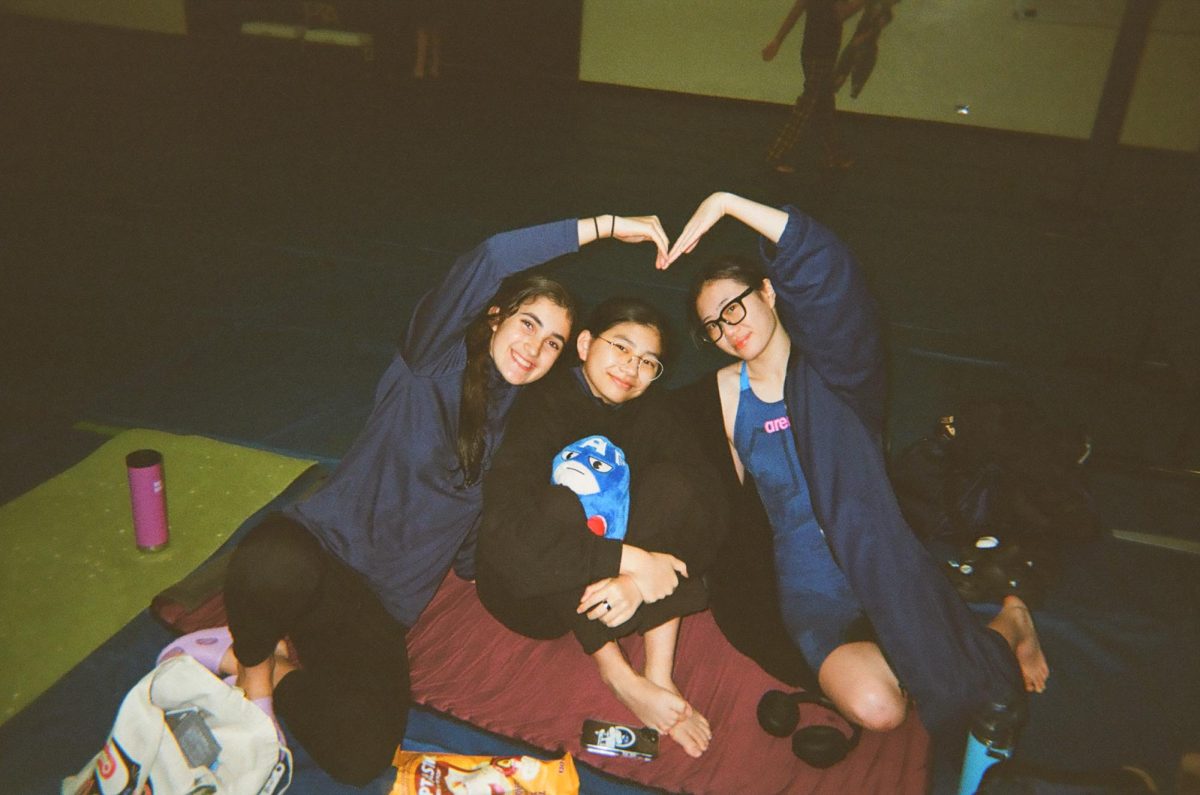How are other IASAS schools operating amidst the global pandemic?
With the cancellation of many Interscholastic Association of Southeast Asia Schools (IASAS) events throughout 2020, many questions have been raised about the severity of the COVID-19 Coronavirus in each of the different countries, as well as how each member school is operating now over a month into the school year. ISB, ISKL and SAS are currently operating in-person with similar guidelines to TAS, while ISM and JIS are operating online.
International School of Bangkok (ISB)
ISB and Bangkok are currently in the most similar situation to TAS and Taipei. Students are currently attending school in-person with social distancing and health guidelines in place.
Arrival and dismissal times of students have been slightly staggered between the school divisions to avoid large crowds, and masks are required everywhere except while eating in the cafeteria and playing sports. They also have new turnstiles where students and faculty must scan their ID and check their temperature before entering the school, similar to the new gates at TAS. “I feel like ISB has done an excellent job of communicating the new guidelines to the students as well as providing signs throughout the school as reminders,” ISB student Milan P. (‘22) said. “However, I still miss the big crowds at the sports games, traveling to different schools throughout Southeast Asia to compete, and the large assemblies our school had for school spirit and pride.”
The school hopes that the ISB community continues to follow the guidelines set in place. “COVID-19 has truly highlighted how most of our world can come together in solidarity, which I think is amazing. But as restrictions loosen at [ISB], people are becoming less cautious about keeping safe. I hope we don’t let our guard down, as a second wave would be really detrimental,” ISB student Pleng K. (‘22) said.
International School of Kuala Lumpur (ISKL)
The current status of Kuala Lumpur has also allowed ISKL to operate in-person.
Although the Malaysian government does not state that students need to wear masks at school, ISKL has made it mandatory for everyone on campus to have it on. Facial recognition thermal scanners are located at school entrances and automatically record the name and temperature of students, faculty and staff.
Plastic barriers have been put in place between desks in classrooms and eating areas. Although this promotes social distancing, it can make communication between teachers and students more difficult.
As for sports, they currently only have intersquad games against their own sub-teams, while also trying to be socially distanced whenever possible. Clubs are mostly back to normal other than community partnerships where different groups from around Kuala Lumpur would typically be invited on campus. Because this is currently not possible, these clubs have been actively participating in fundraising activities instead. “COVID-19 has been difficult for everyone, but it’s definitely brought the ISKL community closer together metaphorically,” ISKL student Chae K. (‘22) said.
International School Manila (ISM)
ISM is currently operating completely online as Manila remains under the general community quarantine (GCQ) until Oct. 31. The start of the school year was actually delayed, with online classes starting on Aug. 24 instead of Aug. 10.
Students currently remain at home and are taught synchronously each day via Zoom. They are also still having either advisory or tutorial online, which is a period for students to seek help from teachers, right after classes end each day. “With online school it is often hard to catch up on work because it is difficult to learn some concepts through a Zoom class, for instance chemistry labs,” ISM student Grace K. (‘21) said. “However, I feel like I am getting a sufficient amount of sleep because I can wake up three hours later than usual.”
All athletics are currently suspended, but the ISM fitness coaches have made and shared many home workouts for student-athletes to follow and stay in shape during the distance learning period. “It is super sad that sports and extracurricular activities are canceled, and we also have a lot of school traditions such as our spirit days that we are unable to have this year, which especially hurts as a senior,” Grace said.
Although ISM is currently online, they have outlined several different plans if ISM returns to full face-to-face learning or a hybrid learning model, where on any given day only half the school would be present on campus. Health and safety guidelines would also be fully implemented, including masks, sanitation and social distancing.
Jakarta Intercultural School (JIS)
JIS is currently operating completely online, which has been predicted to continue until at least December.
The school is strict about who is allowed on campus, which typically only includes teachers, staff, and a select few students with specific appointments. JIS sports facilities are only open on weekends for student-athletes to utilize for training and team sports. Some varsity and JV teams are even doing online prescribed workouts in light of the very limited contact that they can get in person. “It’s been really tough to do IB [courses] online when not all the teachers are doing live lectures. I also think it is a real shame that IASAS is probably canceled, since the seniors won’t get to play our last season and don’t have another chance to medal,” JIS student Antonia H. (‘21) said.
Although JIS is currently online, they already have many plans and procedures in place for a possible reopening of their campus. This includes several sanitation stations, thermal scan areas, air purifiers and classrooms and buses set up for social distancing. Lunchtimes are staggered amongst students and a contactless meal-ordering system is also in place, but students are encouraged to bring their own food.
Singapore American School (SAS)
SAS has returned to campus for fully operating face-to-face learning.
With over 4,000 students, SAS has the largest population out of all the IASAS schools, thus requiring thorough plans and cautions put in place to allow students and faculty to return.
Many health and safety guidelines have been implemented throughout campus. Each student is required to bring a thermometer with them to school so that temperatures can be checked throughout the day. In the high school division, students start and end the day in their advisory groups, completing their safe entry using the government app. Dismissal has also been staggered throughout the school in phases for better social distancing; this process took about an hour when it first started, but it has since been made much more efficient. For lunch, students bring home lunch and eat in their classrooms, as the cafeterias are currently closed.
For sports, SAS has moved their intramural season from the end of the year to the beginning, and it consists of two days of training offered each week for students.
How are other IASAS schools operating amidst the global pandemic?
October 2, 2020
Many social distancing guidelines have been implemented throughout ISKL’s campus, similar to all the other IASAS schools. (Photo Courtesy of Chae K.)
0
Tags:

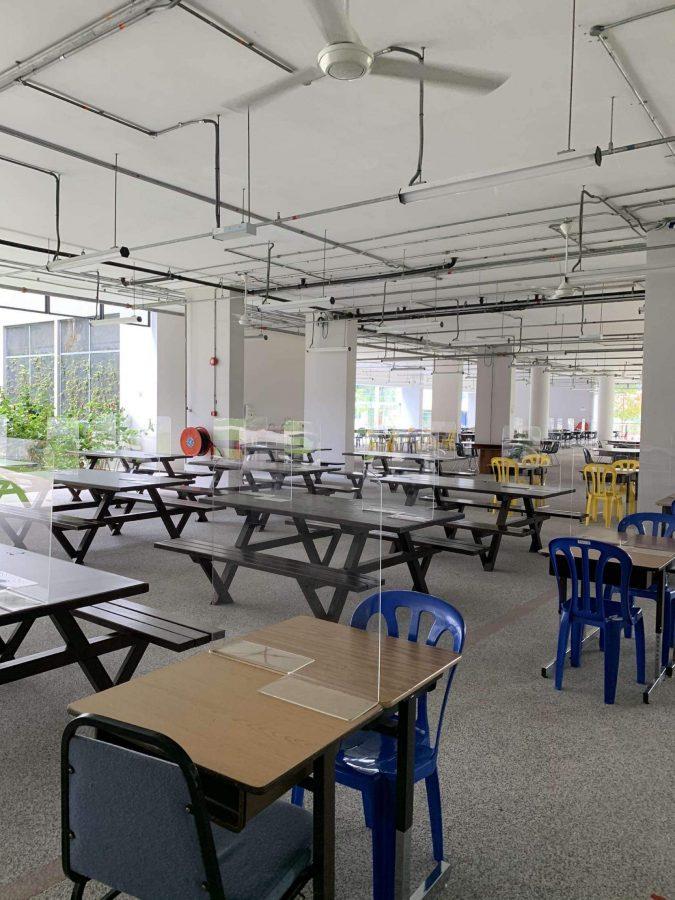
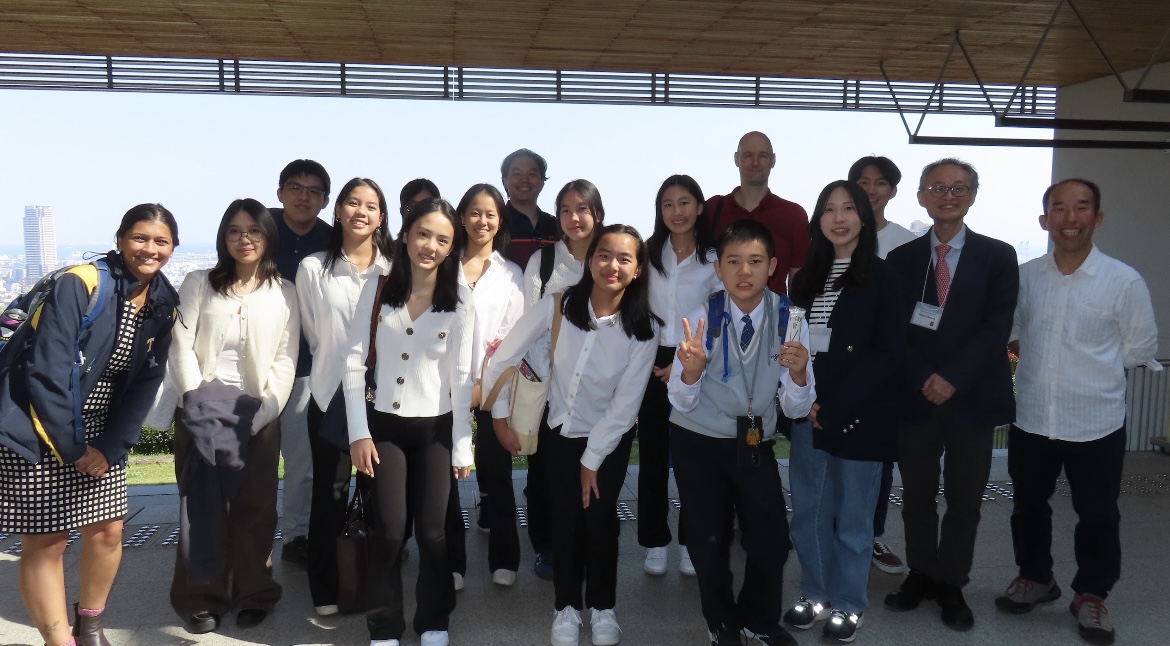
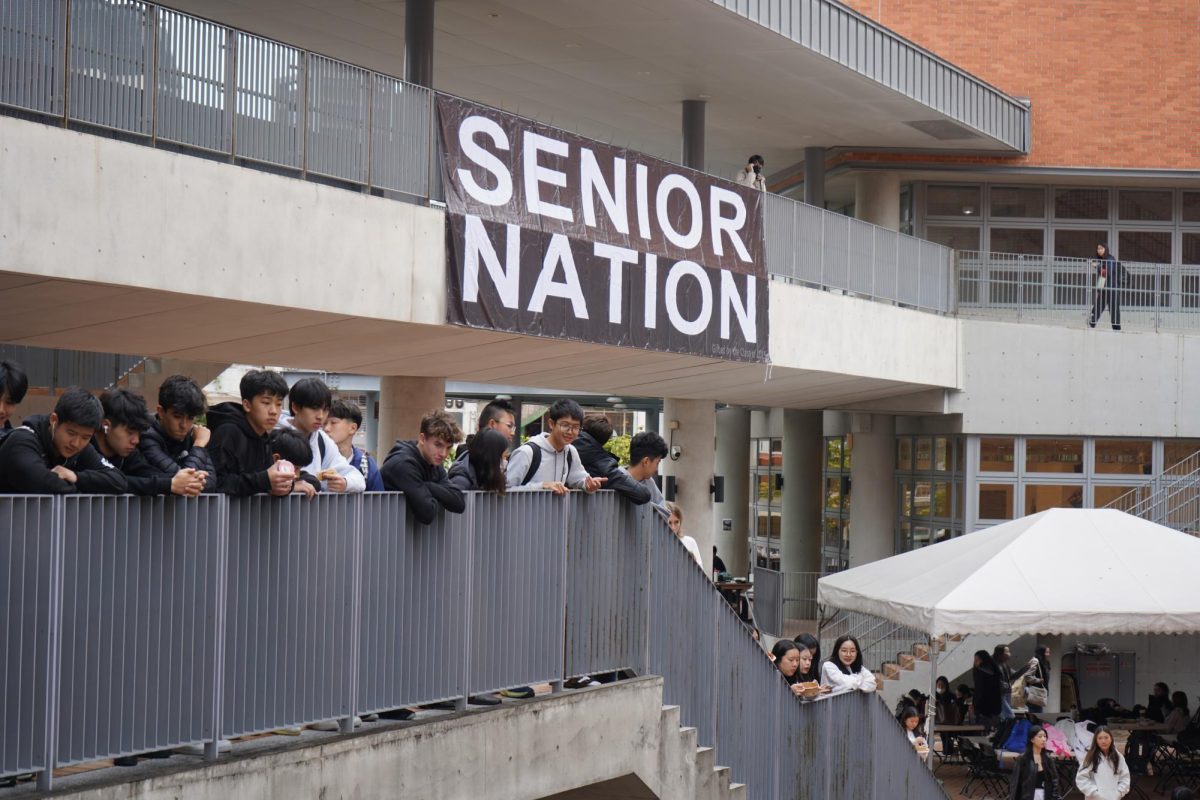
![[PHOTO COURTESY OF PIXABAY]](https://blueandgoldonline.org/wp-content/uploads/2025/03/white-18227_1280-1200x803.jpg)
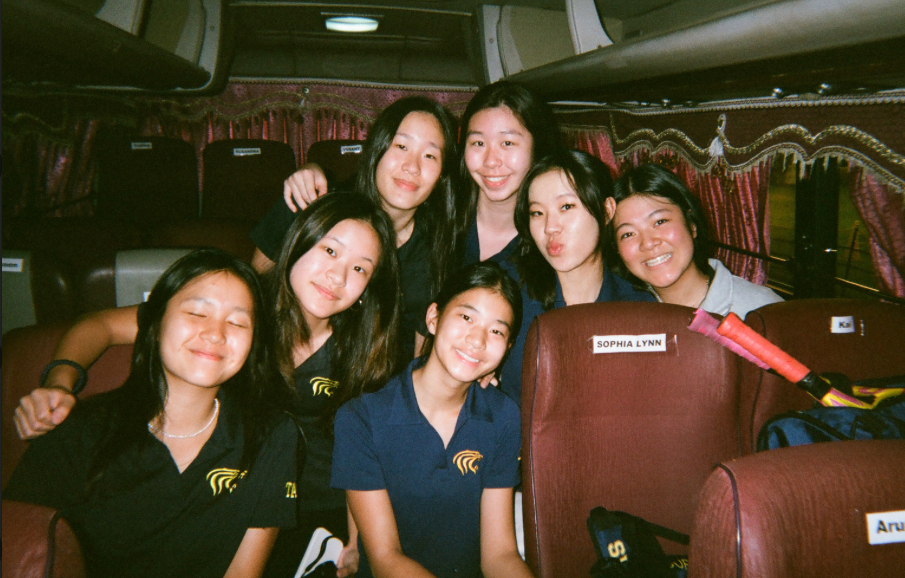
![[PHOTO COURTESY OF PIXABAY]](https://blueandgoldonline.org/wp-content/uploads/2025/03/fire-6706674_1280-1200x800.jpg)
